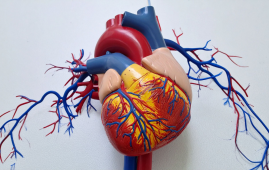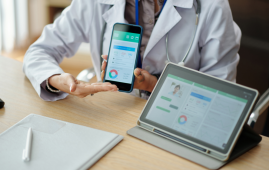During HIMSS22, Philips gave its top predictions for the future of healthcare systems over the next three years based on labor market trends and the expansion of hospital-at-home services.
Roy Jakobs, chief business leader of Connected Care at Philips, offered the following predictions:
- Over the next three years, 40% of providers will shift 20% of hospital beds to the home.
- By 2025, a common marketplace will connect all consumers, payers and providers.
- By 2025, 10 major national employers will go to direct contracting.
- Three-quarters of health systems will suffer from cybersecurity risks.
The big theme is serving patients at home, Jakobs said.
“We can’t just serve patients in hospitals,” he said. “Virtual visits, remote monitoring are going into the home.”
Next to that, the number one issue continues to be staffing shortages and the high level of burnout among clinicians and other workers.
Before COVID-19, Jakobs said, job vacancies for nurses increased 30%. By 2026, hospital systems in the United States will be short 3 million workers. Global demand will rise to 80 million by 2030, Jakobs said.
Health informatics – using information technology to organize and analyze health records to improve healthcare outcomes – will help, he said.
Philips, formerly one of the largest electronics companies in the world, specializes in health informatics.
Kees Wesdorp, chief business leader for precision diagnosis at Philips, said health systems need insights at scale.
During HIMSS22, Philips unveiled two solutions:
1. Interoperability focused on creating a data highway for operational insights, and
2. prescriptive analytics.
During HIMSS22, Philips announced the analytics and interoperability solutions within its Data Management and Interoperability Solutions portfolio: Philips HealthSuite Interoperability, and Philips Enterprise Performance Analytics – Performance Bridge.
Approximately 30% of the world’s data volume is being generated by the healthcare industry, according to Philips.











Leave a Comment